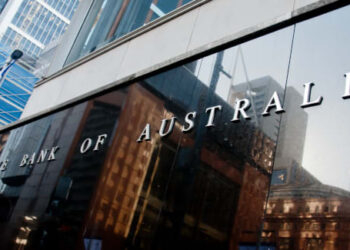AllianceBernstein’s director of Asia Pacific fixed income, Hayden Briscoe, said that investors should keep their eye on China, India and Japan since it could turn into a “good investment yarn”.
“It’s possible to think of the reform stories in each of these countries in terms of a three-point synopsis: reform, growth and rebalancing in China; people, policies and programs in India; and, in Japan, the famous ‘three arrows’ plan,” he said.
Mr Briscoe indicated that China’s export manufacturing and infrastructure development over the past two decades was a “classic example” of how a ’big narrative’ can excite global investors and drive markets”.
“November last year, the country’s leadership announced a 60-point reform plan to make consumption, as well as investment, a key driver of economic activity,” Mr Briscoe said.
“The announcement made headlines but the reform programme itself has intrigued and perplexed, rather than inspired, investors,” he said.
The election of India’s new Prime Minister Narendra Modi was a major “story for investors” and fuelled “strong rallies” in Indian equities, US-dollar bonds and the rupee, Mr Briscoe explained.
“The government faces considerable challenges. India’s growth fundamentals have deteriorated over the last 10 years, with worsening fiscal and current account deficits and stagflation,” he said.
“We believe that the implications of successful reform and rejuvenated economic growth would be profound – not just for India and the region, but globally.”
Mr Briscoe said Japan’s ‘three arrows’ recovery plan provided hope for the country after “two decades of economic stagnation”.
“While the fragility of the global economy means that this has not translated into significant export growth, it has boosted exporters’ profit margins, enabling them to pay higher wages and invest,” he said.
Mr Briscoe said these reform programmes, to revive and rebalance growth in Asia’s three largest economies, are “works in progress” but “are the ones to watch”.
“Even now, these countries and Asia as a whole are more positive investment propositions than, say, Europe or other parts of the emerging markets,” Mr Briscoe said.
“We expect regional currencies for active investors to add value, while interest-rate differentials open up the potential for attractive carry strategies.”







